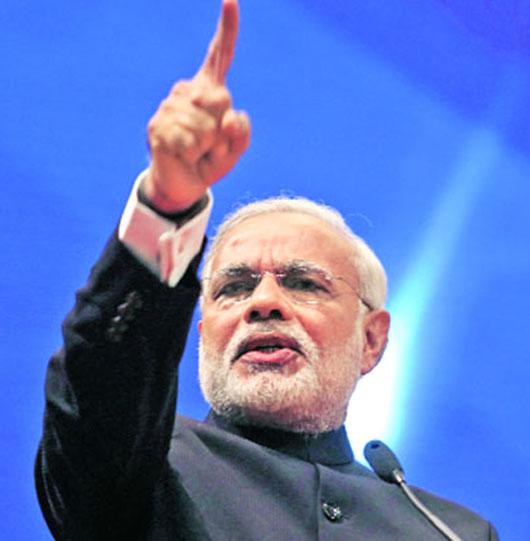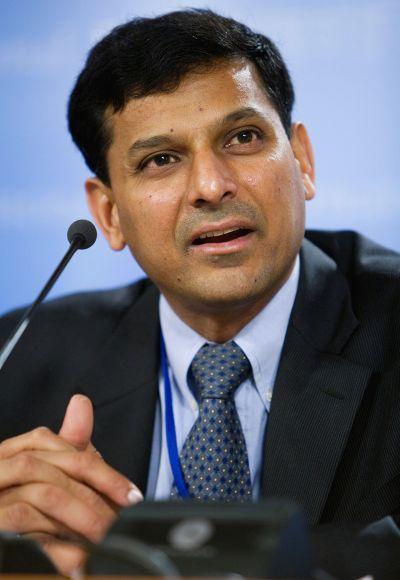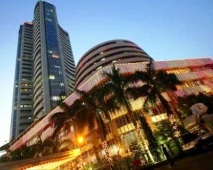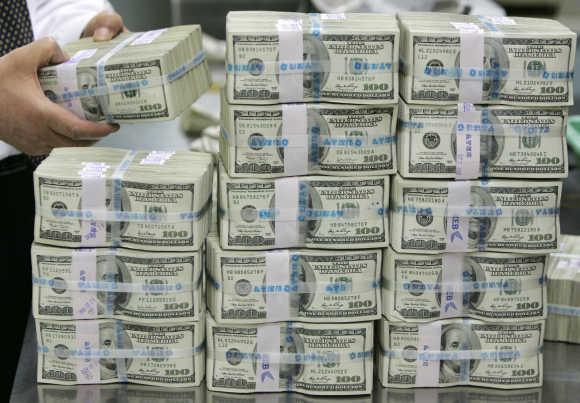
Shishir Asthana in Mumbai
Narendra Modi's elevation
as BJP’s candidate for prime minister’s post was officially announced
post market hours on Friday. However, by noon it was already clear that
his name would be announced by evening.
Some expected the market to react to the event but it did not. And it is unlikely that it will, for the simple reason that he is not the prime minister, yet. Having said that, many in the markets and Corporate India world prefer to see him over anyone else as the next prime minister of the country.
We look at some of the reasons quoted by the market and why it senses a bullish undertone in Modi’s candidature announcement.
A survey carried out by ET CEOs Confidence before Modi’s candidature was announced suggested that an overwhelming three-fourths of the 100 CEO’s surveyed prefer Modi as the next prime minister.
Rahul Gandhi bagged to get votes of only seven CEOs.
Corporate India has been at the receiving end of ‘policy paralysis’. The report says CEOs have voted for a strong leadership, intent, decision and action, which Modi has demonstrated in Gujarat. Rahul Gandhi has no such claims to his name.
Some expected the market to react to the event but it did not. And it is unlikely that it will, for the simple reason that he is not the prime minister, yet. Having said that, many in the markets and Corporate India world prefer to see him over anyone else as the next prime minister of the country.
We look at some of the reasons quoted by the market and why it senses a bullish undertone in Modi’s candidature announcement.
A survey carried out by ET CEOs Confidence before Modi’s candidature was announced suggested that an overwhelming three-fourths of the 100 CEO’s surveyed prefer Modi as the next prime minister.
Rahul Gandhi bagged to get votes of only seven CEOs.
Corporate India has been at the receiving end of ‘policy paralysis’. The report says CEOs have voted for a strong leadership, intent, decision and action, which Modi has demonstrated in Gujarat. Rahul Gandhi has no such claims to his name.



